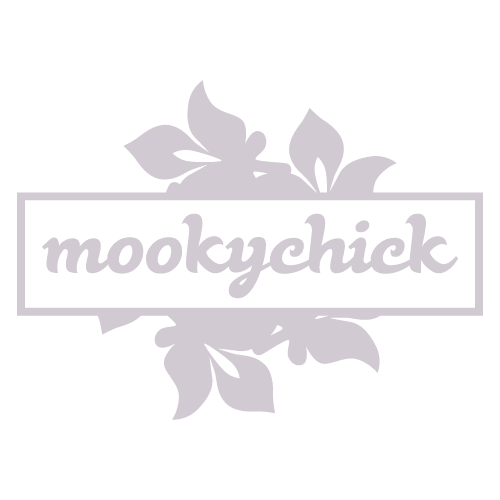How to make your own paper

Making paper is rewarding and creative. DIY businesswomen take note – it can also be a great way to prevent identity theft, save the environment and cut rising business costs, all in one! Leslie Crews shows you how to make paper, spending as little money as possible.
With business costs rising (not just gasoline), every DIY businesswoman needs to cut corners to save additional money for more expensive investments. One very effective way of cutting corners (and cutting back on environmental waste at the same time) is to make your own paper. What is more, making your own paper from repurposed bank / credit card statements and bills helps to prevent your information from getting into the wrong hands.
Apart from bills, other resources of recyclable paper include, but are not limited to: shredded office paper, old (gently) used tissue and paper towels, and notebook paper. I personally use my old term papers from undergrad.
You’ll need the following to make your own paper:
- A substantial bulk of shredded old papers (if you don’t have a paper shredder, be sure to tear the paper up into tiny, tiny bits because you don’t want larger pieces affecting the consistency of your finished product)
- A towel with minimal lint (dishtowels and flour sack cloths work very well)
- A blender
- 1-2 cups of starch
- A source for hot water (not necessarily boiling, but the water does need to be hot)
- A screen (small window pane screens from your local hardware store work well, because they are already framed and stretched. They are also very inexpensive and durable)
- A big tub or basin
- A nonporous surface on which to work, or a LOT of towels
- A measuring cup (or a good eye for guesstimation)
- A paddle, spatula, or spoon with which to stir
1. First put about about one cup of shredded paper into the blender for every two cups of hot water added. The key is to add the water to the paper, not vice versa. Doing the reverse will cause the paper to float and possibly fall out all over your work surface.
2. Replace the blender lid and turn the blender on at the puree setting, or run via the pulse setting for approximately 30-45 seconds (give or take, but the pulp should be well-blended).
3. Pour the pulp into the basin. You should have enough pulp to cover both the bottom of the basin and the screen when fully submerged.
4. Pour the starch into the basin with the pulp. If you used the amount above with regards to pulp measurements, you should be fine with adding one cup of starch. If you used more pulp, then use more starch.
5. Submerge the screen into the pulp, and slowly lift it to just below the pulpy water’s surface. SLOWLY AND VERY GENTLY shake the screen from side to side to evenly distribute the pulp across the screen. Slowly lift the screen with the pulp out of the water, and gently shake to drain excess water.
6. Place screen on work surface, and VERY CAREFULLY and evenly lay one of the cloths over the screen on the side with the pulp. This part is particularly tricky – quickly but carefully flip over the cloth and screen.
7. Lift the screen off of the cloth and lay the cloth on a flat surface. Let the paper dry completely (this takes between 1-2 days).
8. When the paper is completely dry, peel off of the cloth, and trim the edges if necessary.
Well, there you have it. Your very own indie grrl DIY guide to making your own paper, preventing yourself from identity theft, and saving money (and the environment) all in one!/


LNC greeting cards – available at Etsy

